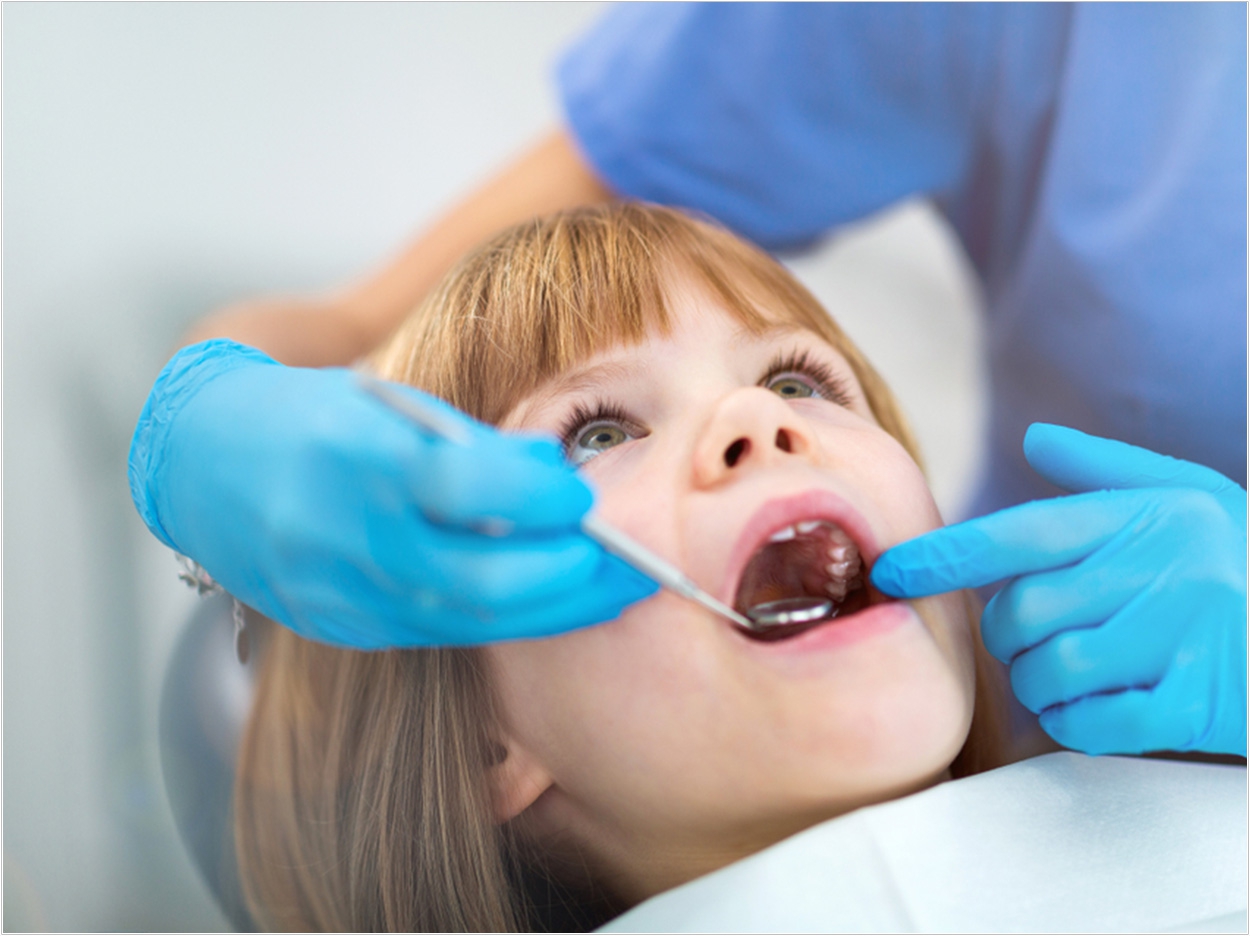
Despite mandatory state dental coverage, children in the foster care system face significant barriers to accessing oral healthcare, according to the University of Minnesota. For example, most children in the foster care system have medical and dental coverage through Medicaid, but few providers participate in Medicaid or in the Children’s Health Insurance Program.
Researchers at the school compared the self-identified oral health needs and access to dental care among youth who have and have not experienced foster care. Data was drawn from the 2019 Minnesota Student Survey, which polled public school students in the fifth, eighth, ninth, and eleventh grades.
Youth with a history of foster care were compared to youth with no history of foster care on seven oral health indicators. They also were asked whether or not they had experienced five types of dental problems in the past 12 months:
- Toothaches or pain
- Decayed teeth or cavities
- Swollen, painful, or bleeding gums
- Inability to eat certain foods because of a dental problem
- Missing one of more school days because of a dental problem
Youth who reported a dental problem then were asked if the issue was treated by a dentist and when they last had an appointment at a dental office for a checkup, exam, teeth cleaning, or other dental work. They also were asked about routine dental care, including checkups, exams, cleanings, or other dental work.
“To our knowledge, this study is the first in the United States to survey youth with a history of foster care about their oral healthcare needs using their own words,” said coauthor Elise W. Sarvas, DDS, MSD, MPH, associate professor in pediatric dentistry at the University of Minnesota School of Dentistry.
“We found that compared to their peers, youth with a history of foster care have self-identified dental needs, including issues with pain, and they have less access to a dentist to address these needs,” said Sarvas.
Specifically, the study also found that:
- Youth with a history of foster care were more likely to report each of the five dental problems and less likely to report receiving dental care, compared to their peers with no history of foster care.
- Approximately 44% of youth with a history of foster care reported at least one dental problem, compared to 32.2% of youth with no experience of foster care.
- Youth with a history of foster care had lower odds of seeing a dentist for a dental problem, 58.2% versus 71.2%, or for routine dental care, 69.6% versus 84.4%, than their peers with no history of foster care.
“There are likely a number of reasons why youth with a history of foster care have more dental problems relative to their peers,” said coauthor Rebecca J. Shlafer, PhD, MPH, assistant professor at the University of Minnesota Medical School.
“Compared to their peers, foster youth in this sample were more likely to report living in households experiencing poverty. Dentists should recognize the oral health concerns of this group of kids in the context of their special healthcare needs and be prepared to render appropriate care,” said Shlafer.
According to estimates from the US Department of Health and Human Services Children’s Bureau, there were 673,000 children in or entering foster care in the United States in 2019.
The Minnesota Department of Human Services reports that approximately 15,300 children experienced foster care in the state in 2019. Minnesotan children of color were overrepresented compared to the general population, with Native American children 18 times more likely and Black children three times more likely to experience foster care than White children.
The study, “Oral Health Needs Among Youth with a History of Foster Care: A Population-Based Study,” was published by JADA.
Related Articles
Partnership Raises $8,000 for Safety-Net Clinics
Almost 70% of Low-Income Australian Families Don’t Claim $1,000 in Dental Benefits
Devin Booker Initiative Provides Dental Care to Arizona Special Olympics Athletes












